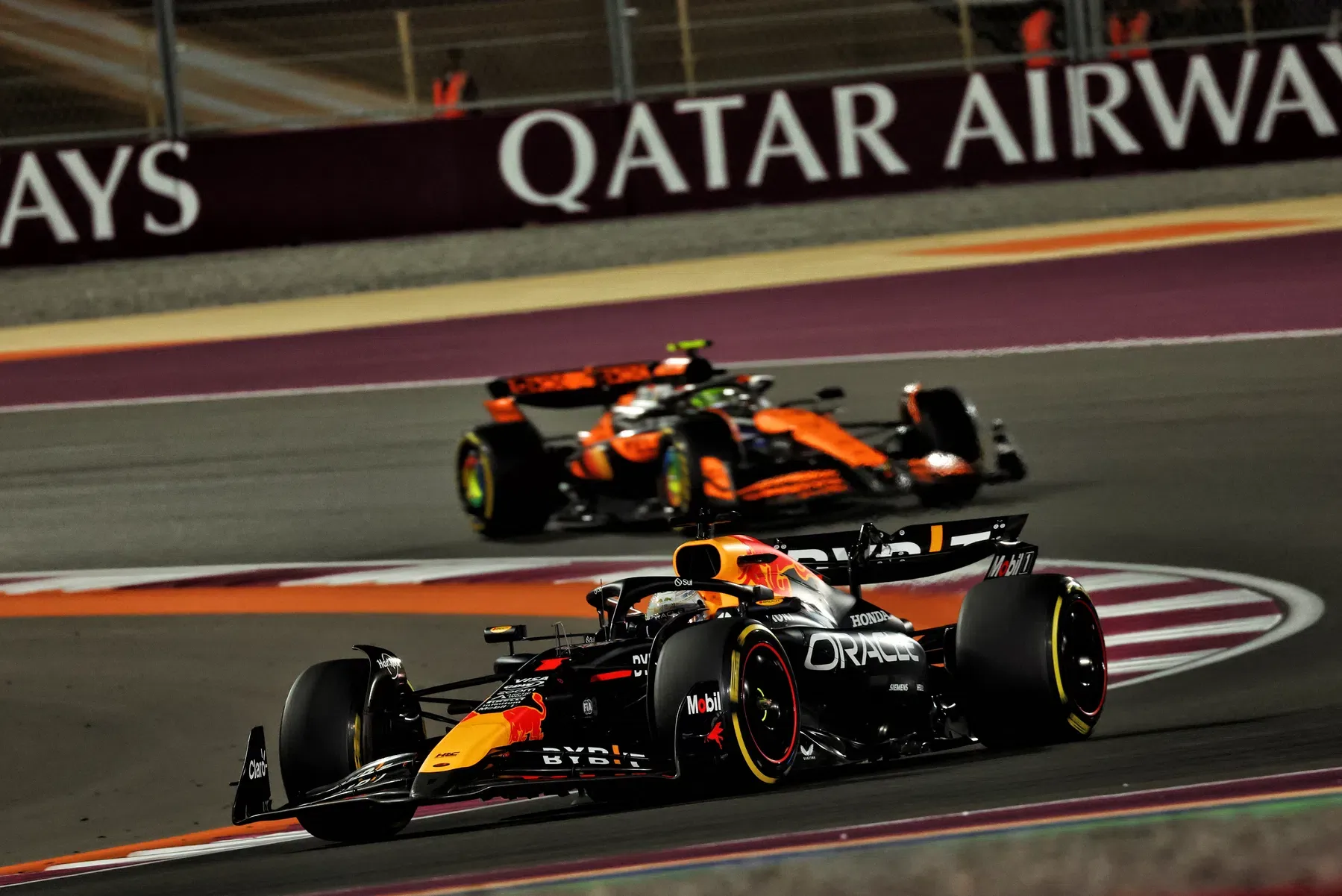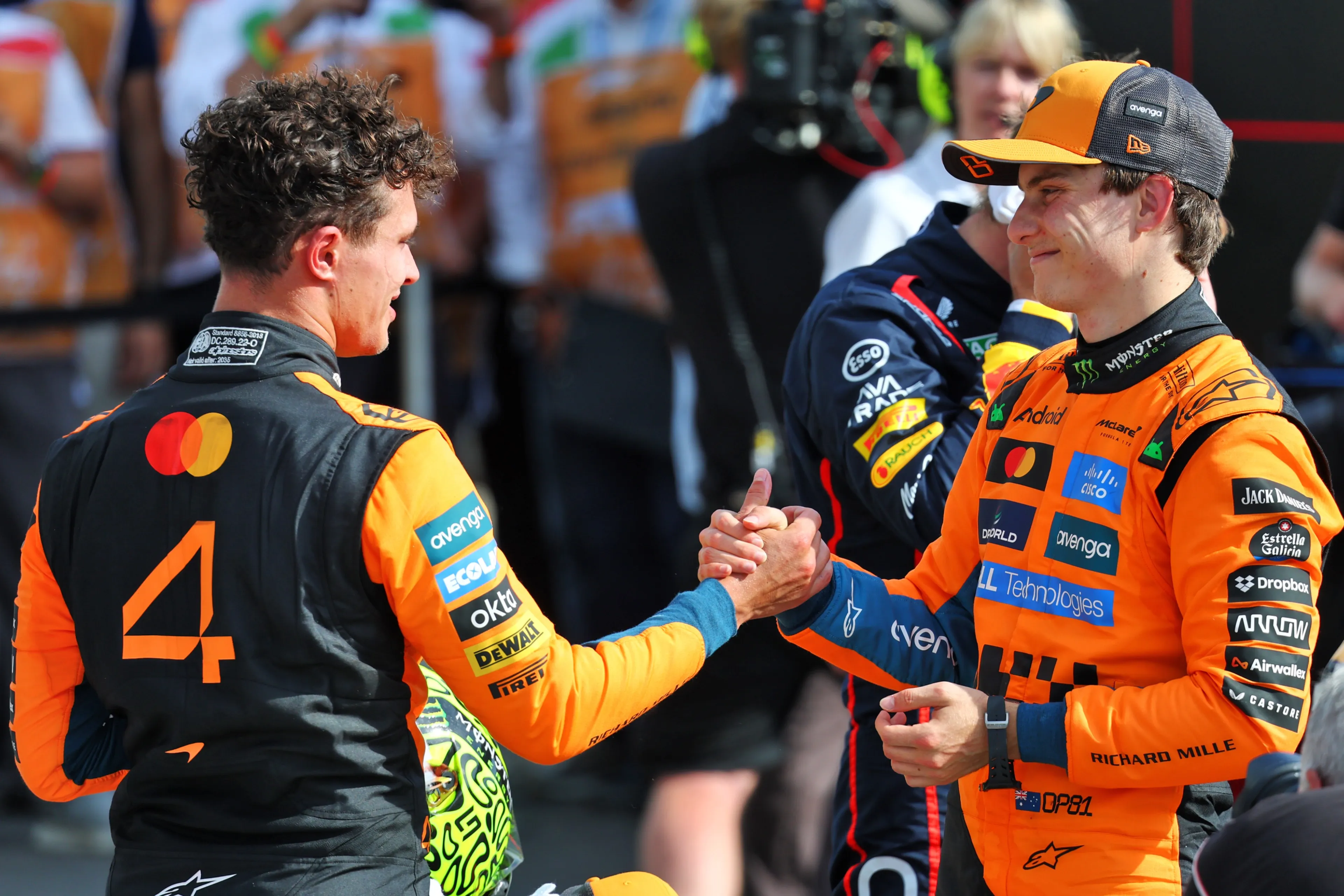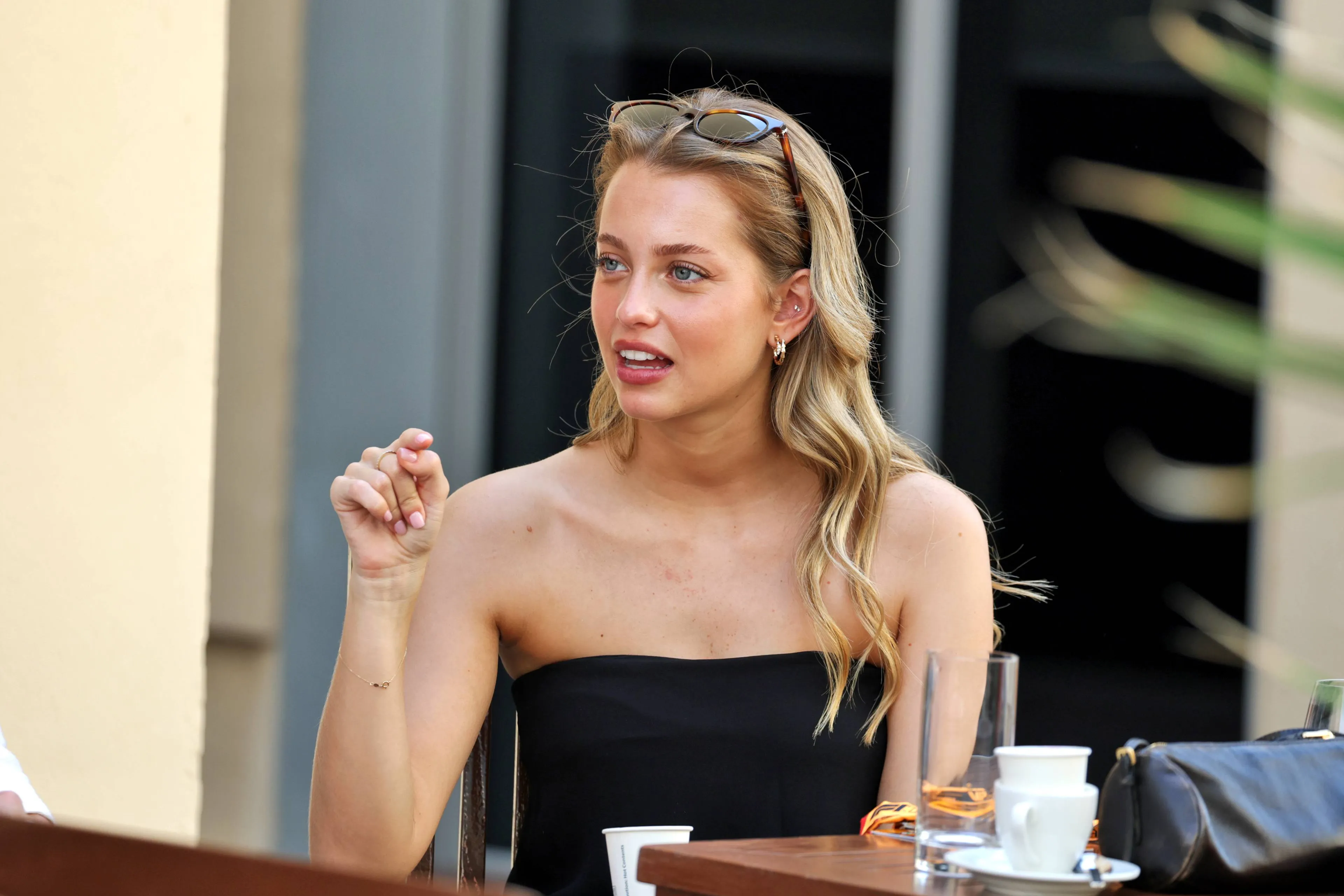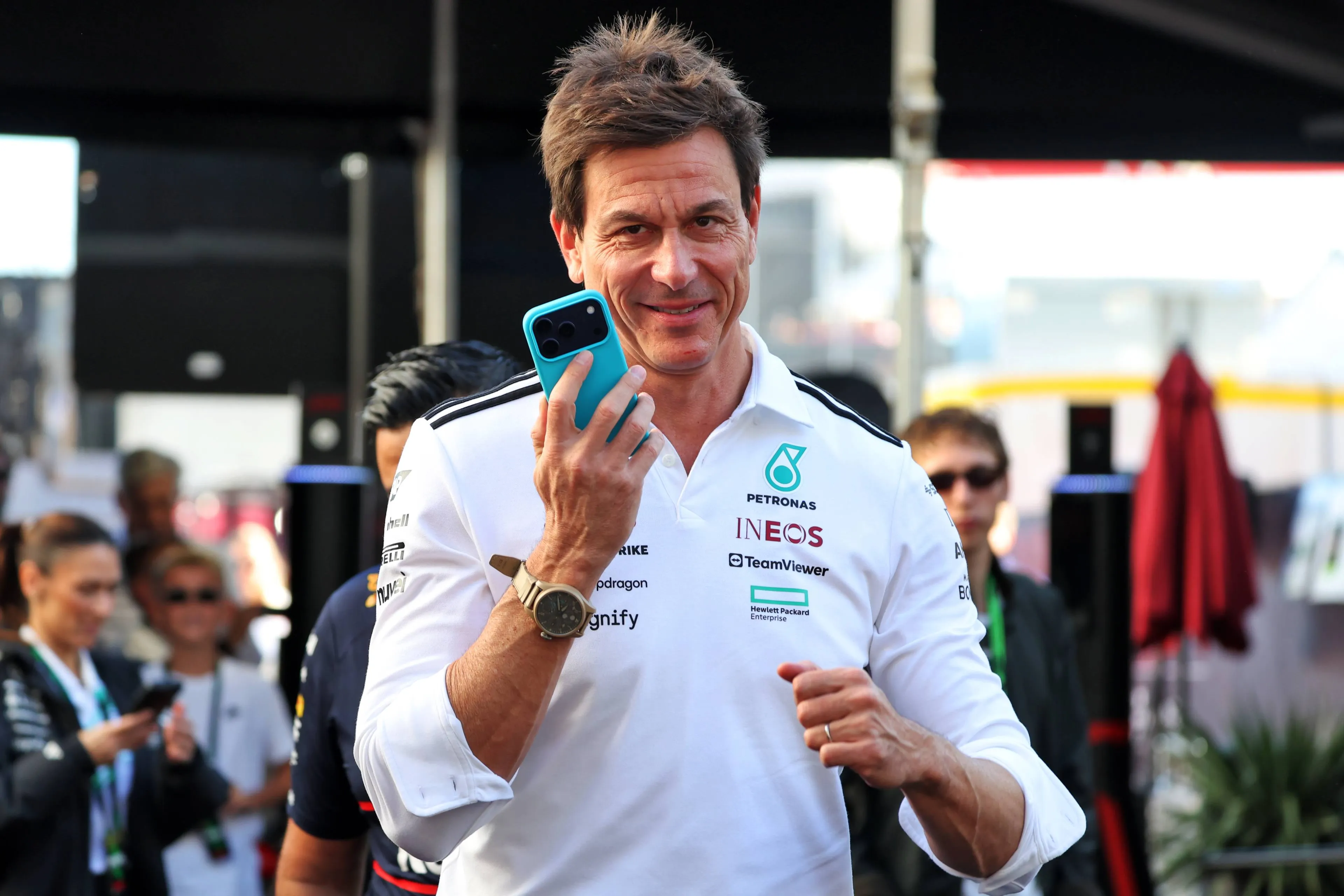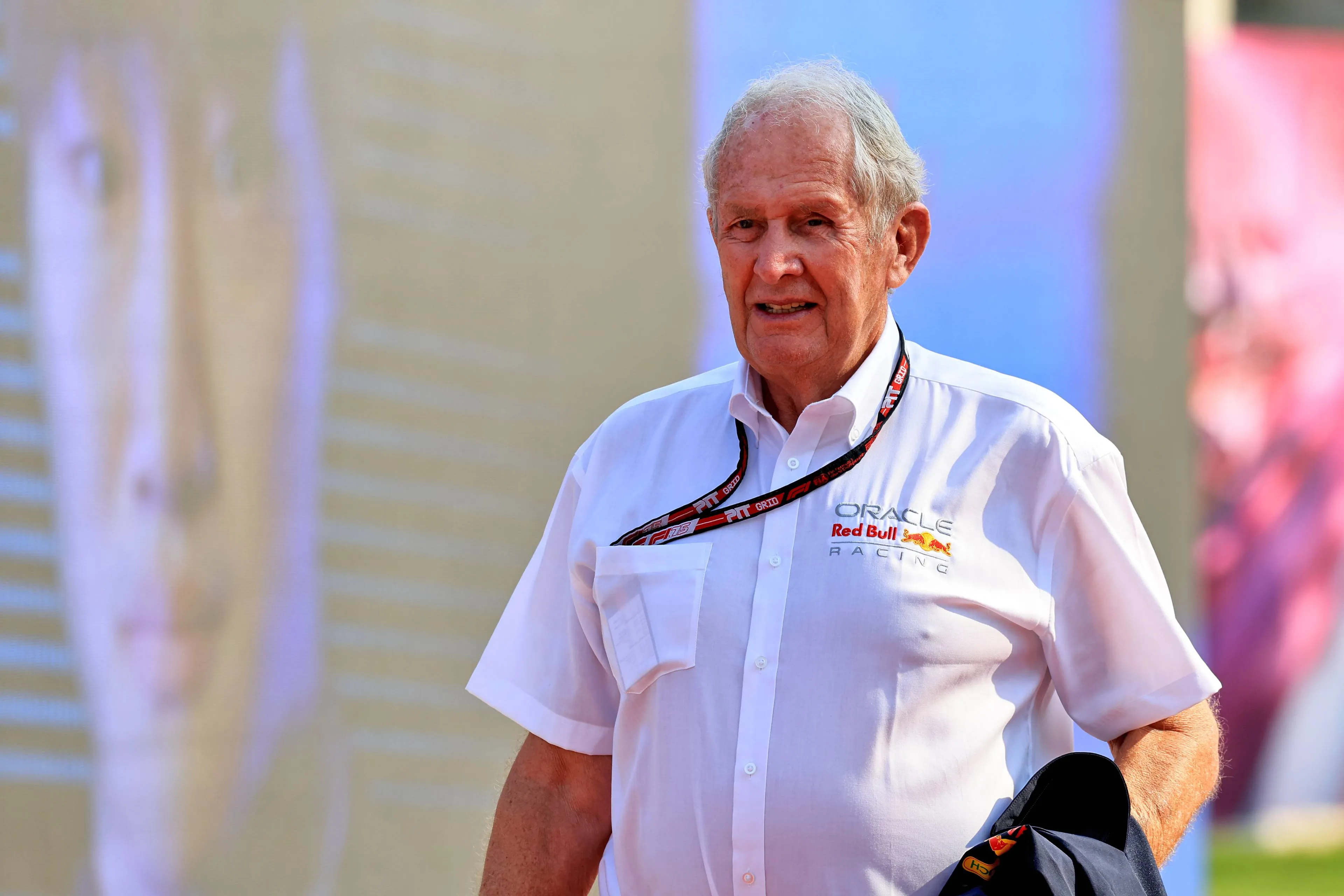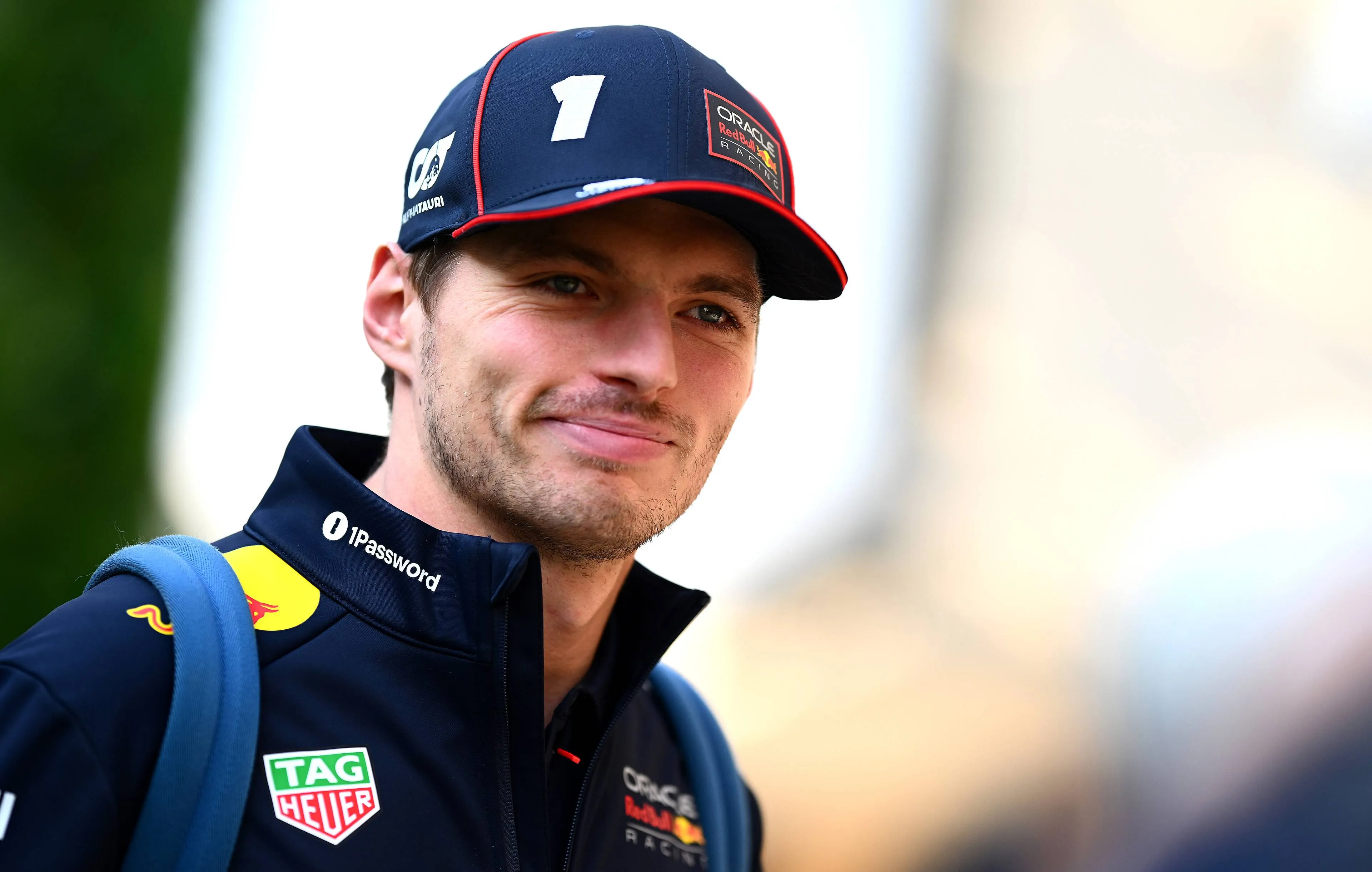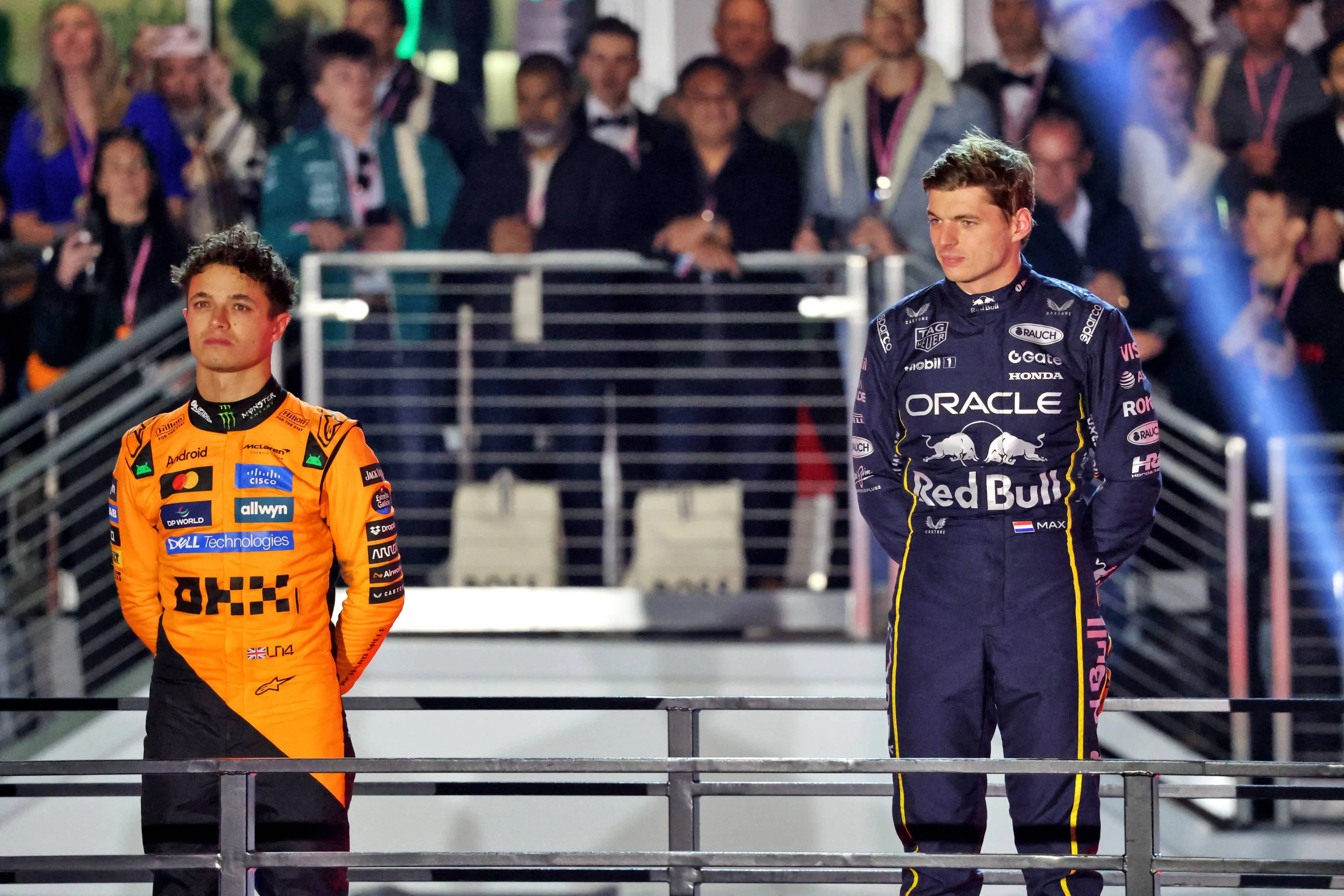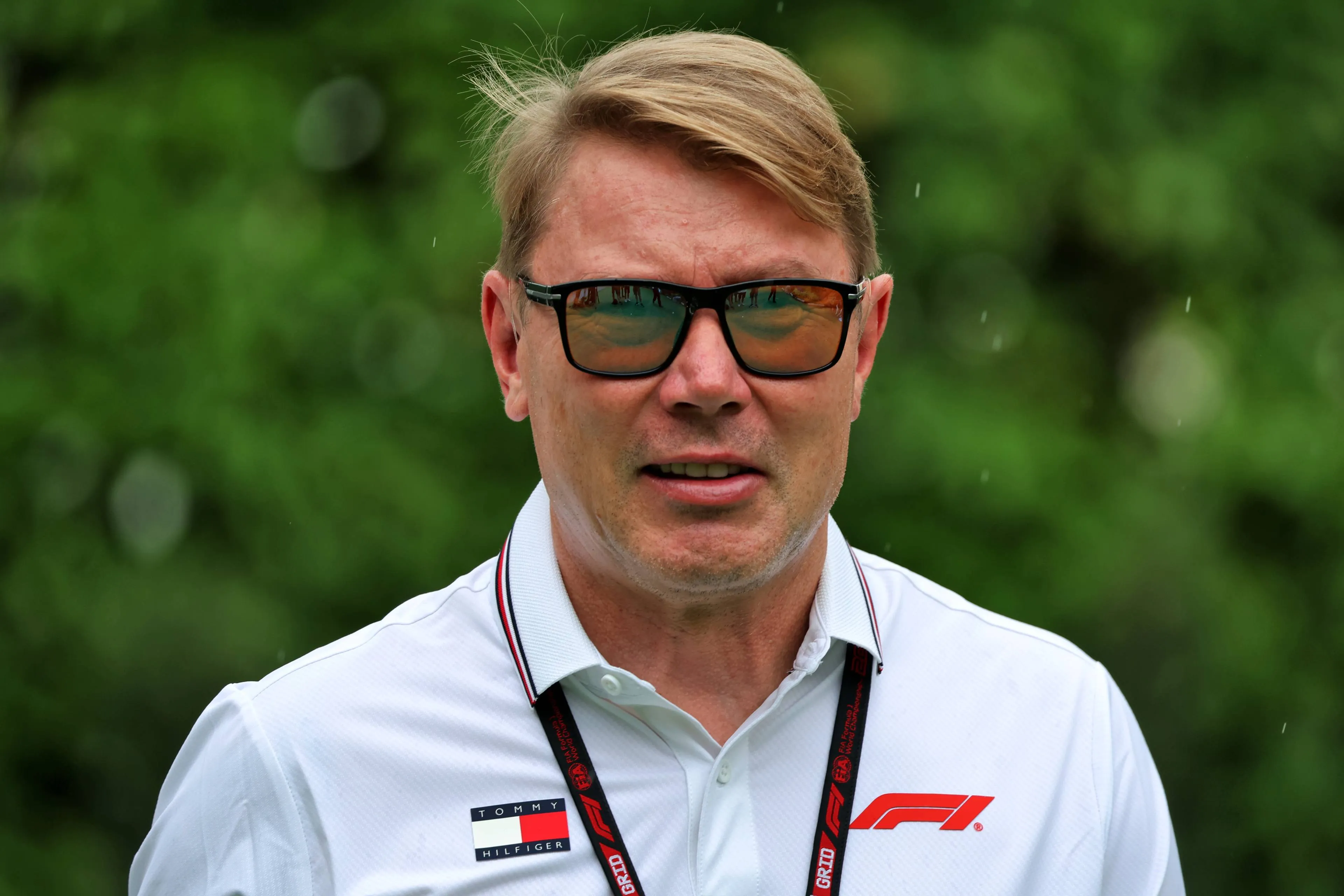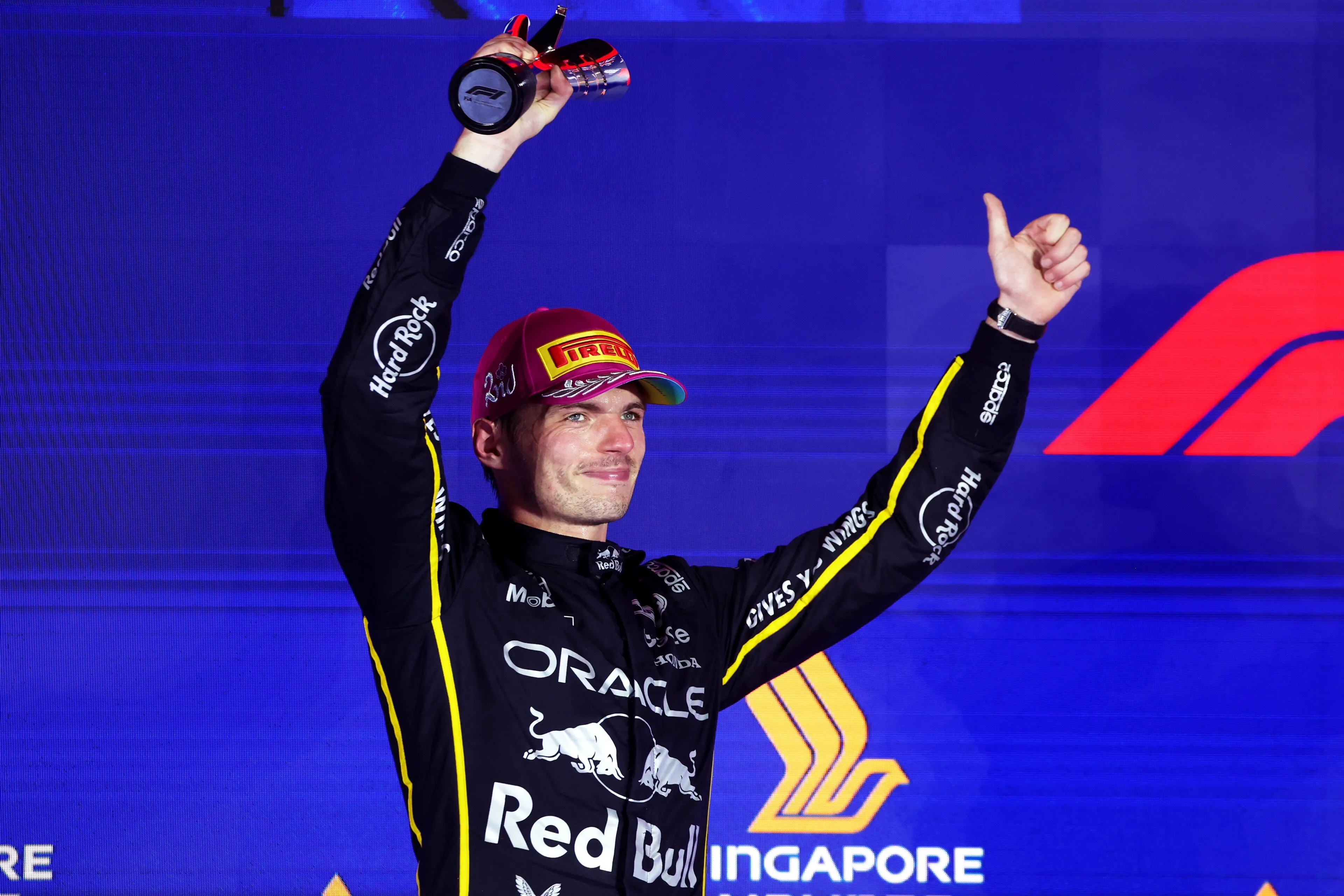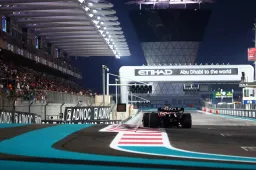Tech Preview | Red Bull and McLaren with unusual wing choice for Friday's FP1
07:30, 06 Dec 2024
0 Comments
After a very exciting race last time out in Qatar, where Verstappen and Norris battled each other setting fastest lap after fastest lap, the F1 grid now arrives to Yas Marina, where the Constructors’ Championship will be decided. Ferrari will give their maximum to win the title, but McLaren have in their favour a reasonable gap and a fairly favourable layout. Let’s try to understand why.
The Yas Marina Circuit: a good mix of corners and a very smooth tarmac
The track located in Abu Dhabi is characterised by a good mix of different types of corners: many fast corners, like Turns 2-3 and Turn 9, as well as some very slow-speed corners, like those located around the hotel area in the last sector. Moreover, the layout also features two very long straights, where aero efficiency is needed.
These characteristics, matched with usually quite hot temperatures (despite the race is held at night) and a very smooth tarmac, make it quite difficult for the engineers to find a very good set-up for their cars. Generally, the most stressed tyres are the front left (due to the very long Turn 9) as well as the rears, mainly because of the multiple traction zones in this circuit. The degradation is thermal, because of the high stress put on the rubber.

For all the reasons mentioned above, engineers usually choose a medium downforce configuration (in terms of wings) conscious that they can run the car very low to the ground, taking advantage of the downforce generated by the Venturis. Moreover, the need to make the car as agile as possible in the slow speed pushes them to adopt a very soft mechanical set-up, which can produce bouncing in Turns 2 and 3.
However, depending on the different levels of load produced by the floors, many teams may decide to use slightly less loaded set-up which can be helpful in defending and attacking during the race on Sunday.
This aspect is also underlined by the unusual choice made both by Red Bull and McLaren for their FP1 runs (already visible during the media day): both teams decided to fit on their two cars two different specification of rear wings, one more loaded and one less loaded, to test how the different amount of load generated on the rear axle can affect performance. The teams will also evaluate the impact of the track’s improvement throughout the weekend to decide which set-up suits the Abu Dhabi Circuit best.
For this last race of 2024, Pirelli have decided to bring the softest compounds of their range: the C5, C4 and C3. While the softest rubber will probably be used only in qualifying, the high thermal degradation during the race will force most of the teams to adopt a two-stop strategy, with the medium and hard featuring as protagonists.
All teams with very similar level of downforce, but who’s gonna manage the deg better?
As said above, the Yas Marina layout requires a very specific setup both from the aerodynamics and the mechanical point of view and for this reason most teams adopted very similar level of downforce in terms of wings.
However, everything is gonna depend on cars’ ability to keep the tyres alive in warm conditions: as already seen during this season, both the SF-24 and the MCL38 have shown to be on top of this. While Ferrari are very strong on the mechanical side, McLaren can count on a higher level of pure downforce generated by the underfloor, useful for adopting skinnier wings while having a good tyre management.
Ferrari have decided to not fit on the car the “experimental” floor introduced in Las Vegas this weekend, probably because the levels of downforce generated at the ground heights used in Yas Marina are not coherent with the aero maps required this weekend.

An aspect that could play in Ferrari’s favour will be lower temperature, which can generate graining on the front axle, very much hated by the MCL38 (as shown in Vegas).
Coming to Red Bull and Mercedes, there’s a huge question mark on how their cars are going to perform this weekend. The RB20 generally doesn’t love these layouts too much, because the thermal degredation on the rear axle tends to generate a tedious understeer (not liked by Verstappen), which eventually causes a higher degradation of the front tyres.
On the other hand, the W15 will probably suffer from higher temperature, which can make the rear tyres to overheat and lose grip in a very small time lapse. However, the Mercedes car could perform really well in qualifying, where the amount of grip provided by the soft tyre can hide the W15 balance issues and make it enter its super tiny working window.
Moreover, the different characteristics of the track can suit different cars, as pointed out by Carlos Sainz in the usual Thursday conference: “It's a circuit that I think suits pretty much every car of the top four. And there's some long straights with some slow speed that could help the Ferrari. There's some medium-long speed combined that could help the McLaren and the Red Bull. It's at night, which could help the Mercedes. So there's so many things and so many teams and drivers in contention for the win that it's impossible for me right now to say who can take that [victory].”
This said, it’ll be extremely difficult to make predictions on which team is gonna perform better at this last race. A lot will depend on the engineers’ ability to find the right set-up and the perfect combination to keep the tyres alive as long as possible throughout the stint. We can just sit and wait for the last weekend of the year to start, waiting for the next Constructors’ Champion to be crowned.
Read more about:
Popular on GPBlog
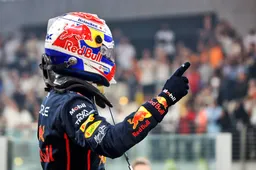
1
Verstappen beats Norris to FIA award after missing out on drivers’ title
8445 times read
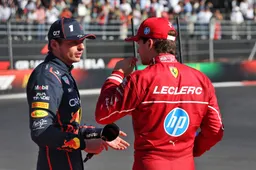
2
Leclerc looking to go the Verstappen way with confession at FIA gala
3997 times read

3
Brown put on the spot over McLaren’s Norris bias in live interview
3124 times read
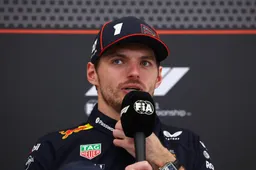
4
Verstappen leaves Norris and McLaren with message after missing FIA gala
2955 times read
Loading
